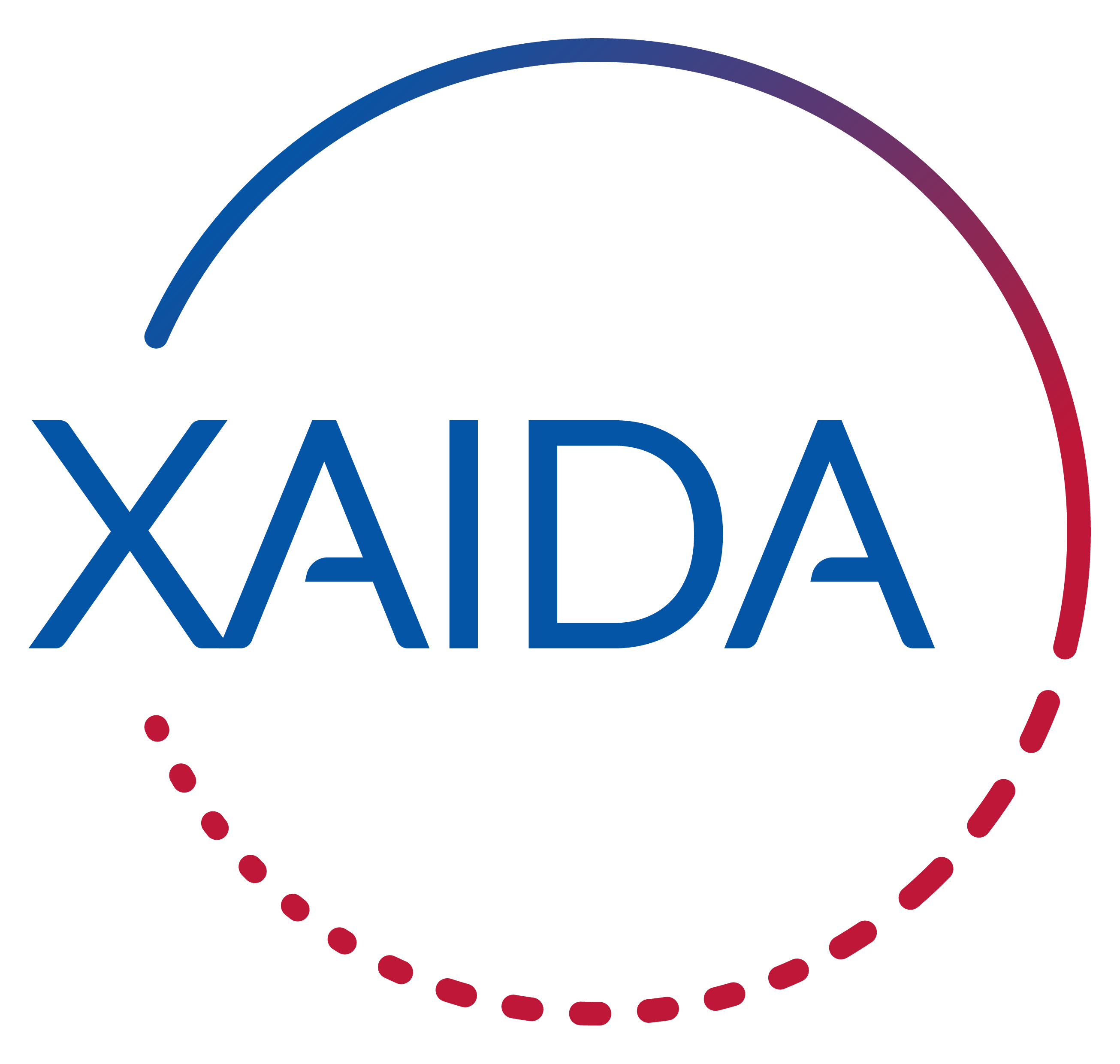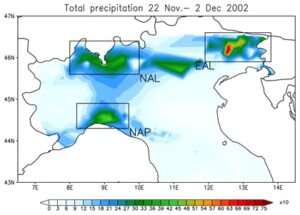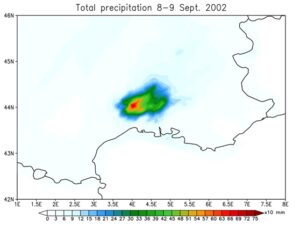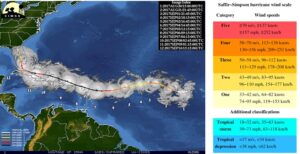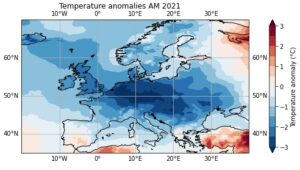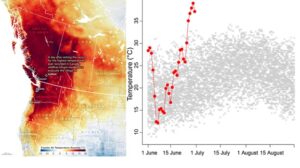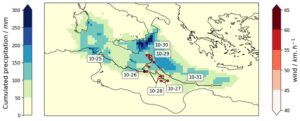Combined cold spell and wind drought winters
Winter cold spells in Europe can be accompanied by anomalously weak winds. Usually, the reason is a so-called “blocked” atmospheric circulation, leading to advection of cold air downstream and a weaker than normal warming westerly flow. This creates a situation where energy demand is high, but power production from renewables is low, leading to higher risk of energy shortfall (Figure 1). With the transition towards more renewable energies in Europe, the energy sector will also become more weather-dependent, making it necessary to understand potential changes in the frequency and intensity of combined cold/wind drought winters.

Figure1: Simulated change in European energy production, demand, and the resulting shortfall, for different atmospheric circulation regimes. The “blocked” regimes of NAO- and Sc. Bl. are seen to both reduce production (due to weaker winds over northern Europe) and increase demand (due to colder temperatures). From van der Wiel et al. (2019 Env. Res. Lett., https://doi.org/10.1088/1748-9326/ab38d3).
Event definition:
XAIDA suggests to adopt a “compound event” perspective. There are several options for metrics of compound events:
- Option 1: During the last stakeholder meeting, it appeared possible to simulate energy demand/production through some “cheap” models that use climate conditions (e.g. large ensembles) as input. Such simulations would allow for identifying wind and temperature combinations (i.e. compound events) associated with energy shortfalls. The latter could be defined as the difference of production and demand.
- Option 2: Similar to the above, but based on observed wind-temperature and energy data (if data is available).
- Option 3: Build on single extreme energy shortfalls that have occurred in the past and use the anomalies associated with such events as a single compound event of interest (e.g. for attribution etc).
- Option 4: Define the compound event as low wind and temperature via thresholds identified based on expert knowledge of the energy modellers.
Discussion with stakeholders is expected to identify the best option.
Objectives
XAIDA aims at improving the understanding of the occurrence and the impacts of these events. This seems particularly relevant given the increasing importance of renewables in the energy market.
Moreover, XAIDA aims to assess how these might change in frequency in the future. For this aspect, XAIDA aims to understand the driving physical mechanisms of this event, by using methods from causal inference.
 This project has received funding from the European Union’s Horizon 2020 research and innovation programme under grant agreement No 101003469.
This project has received funding from the European Union’s Horizon 2020 research and innovation programme under grant agreement No 101003469.
